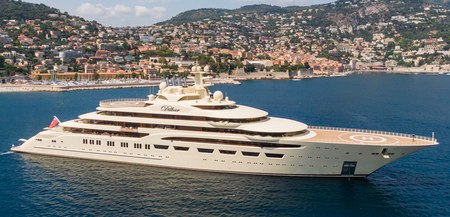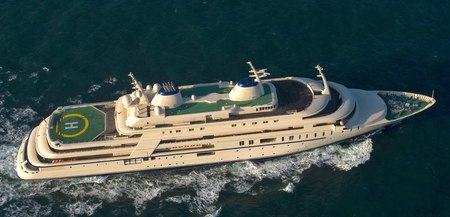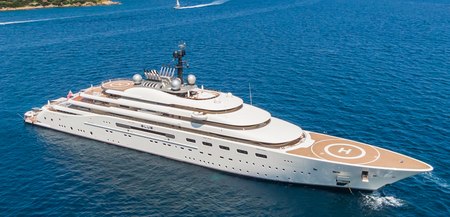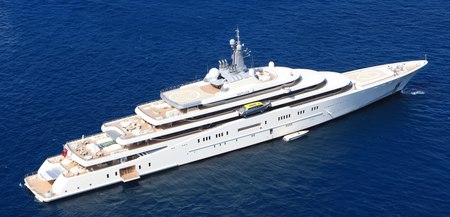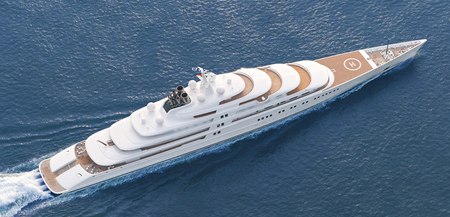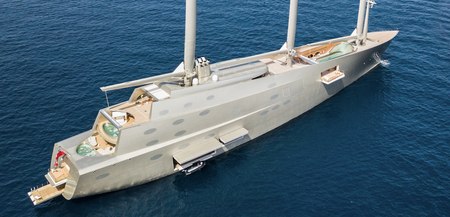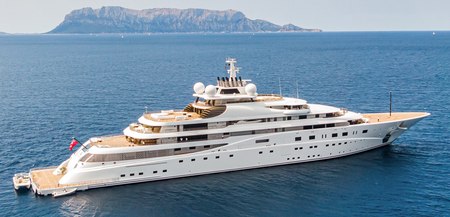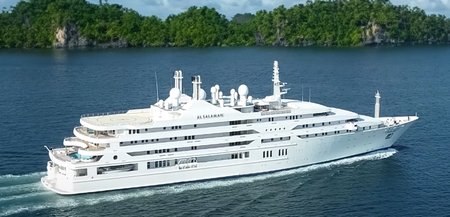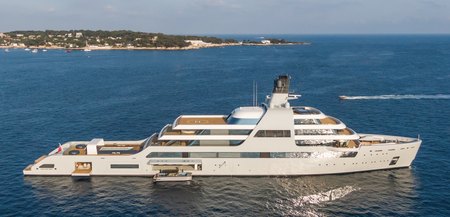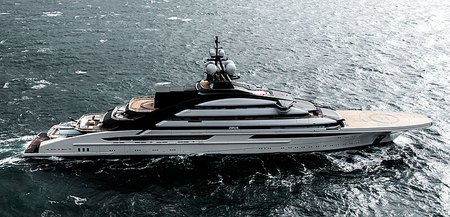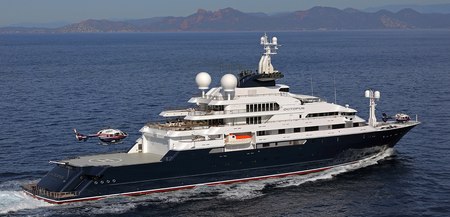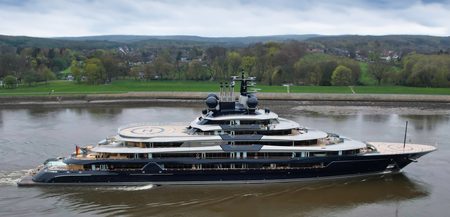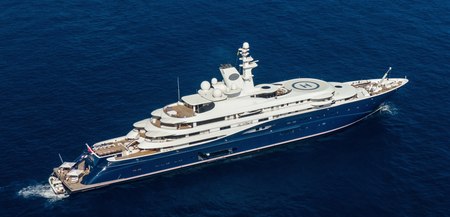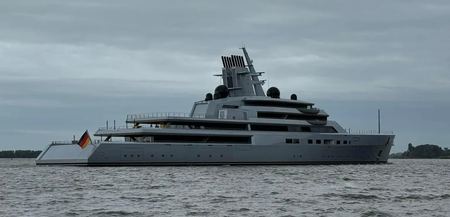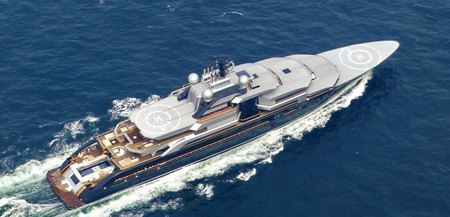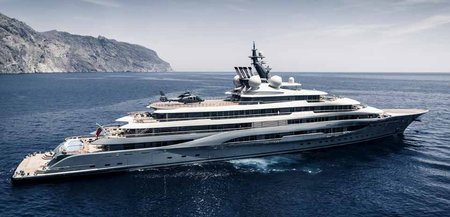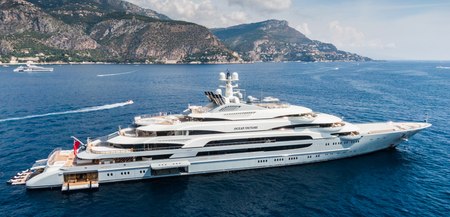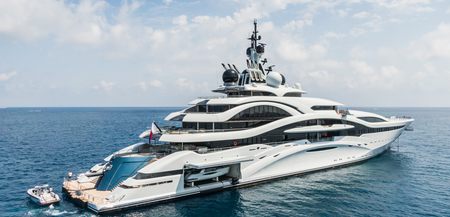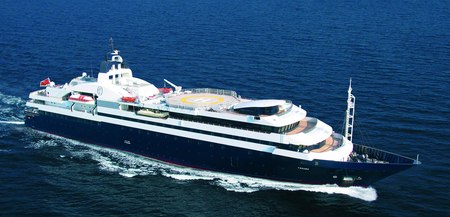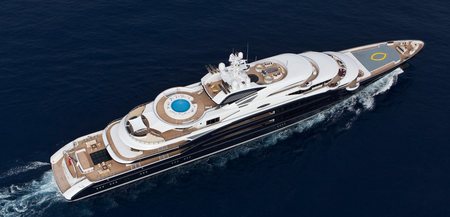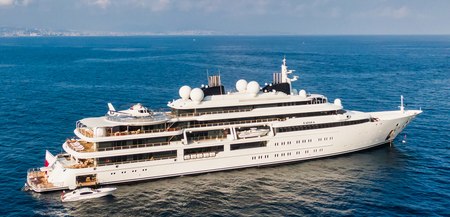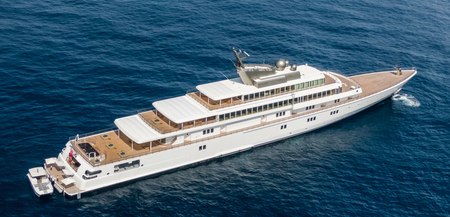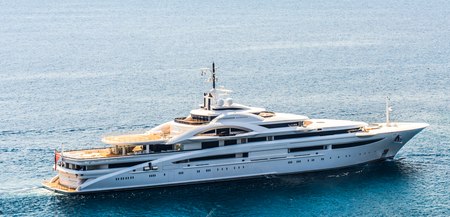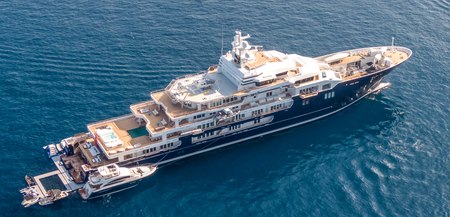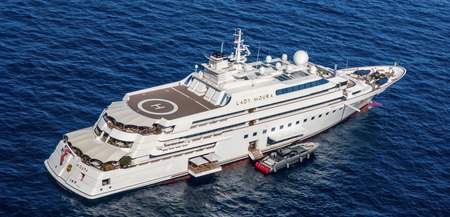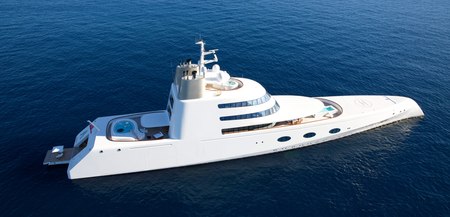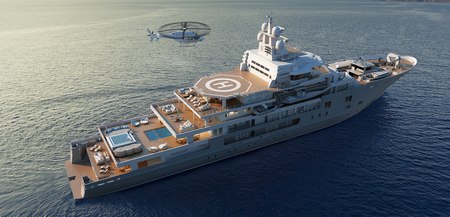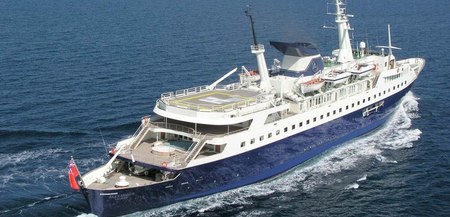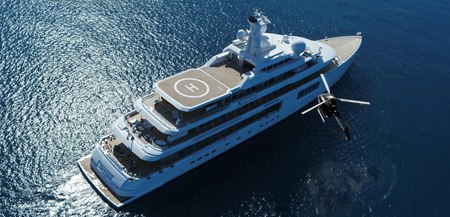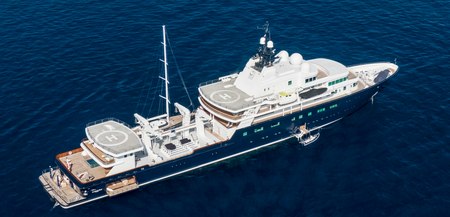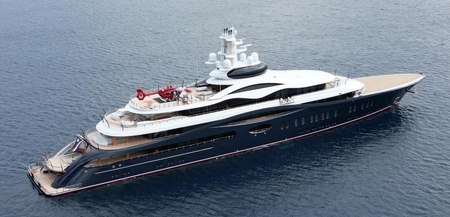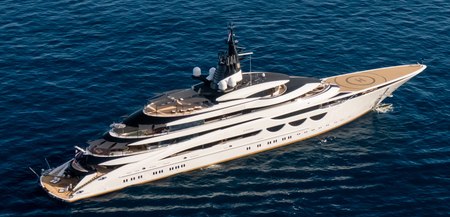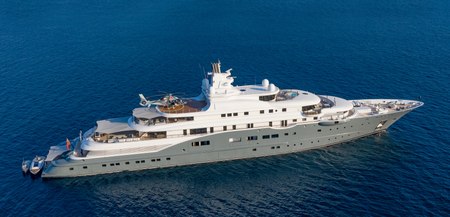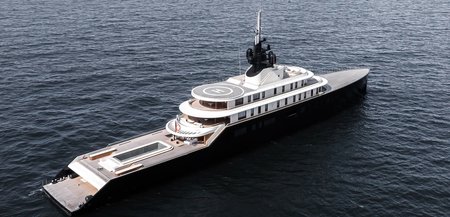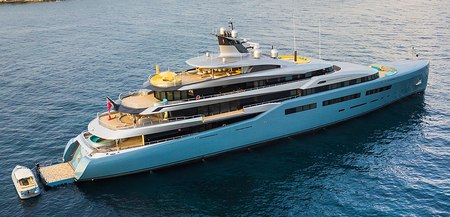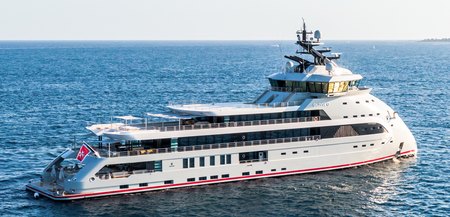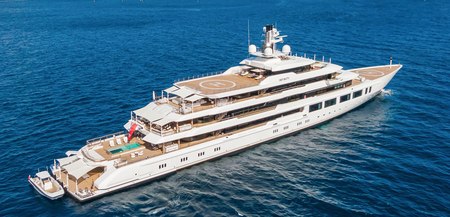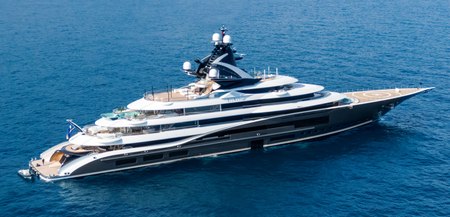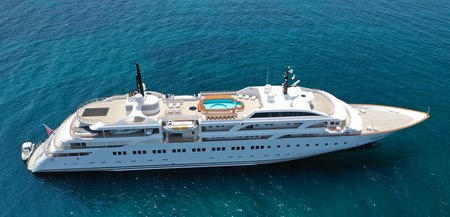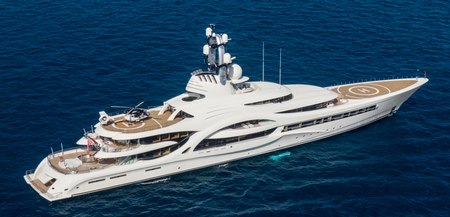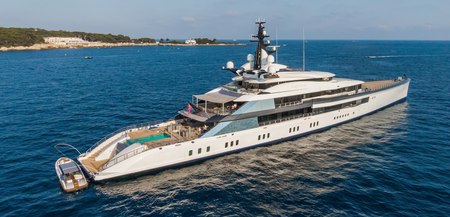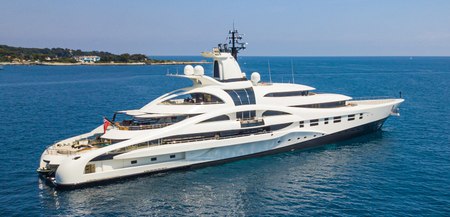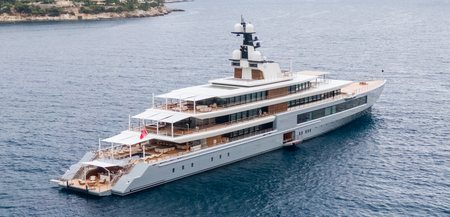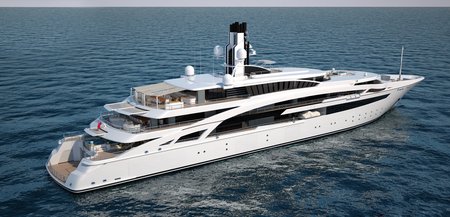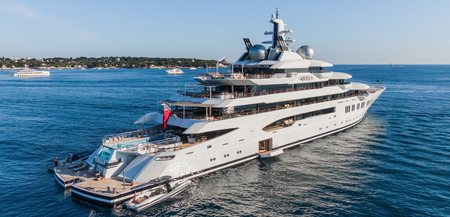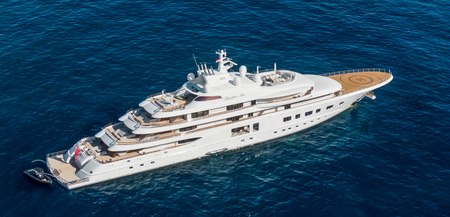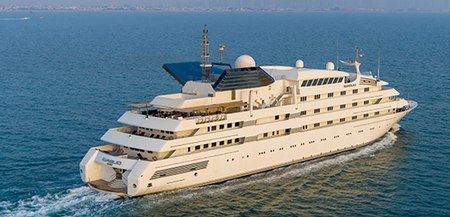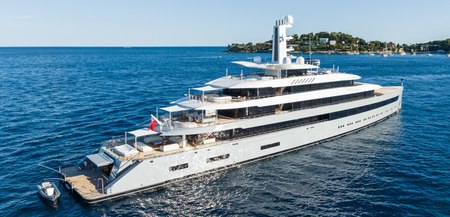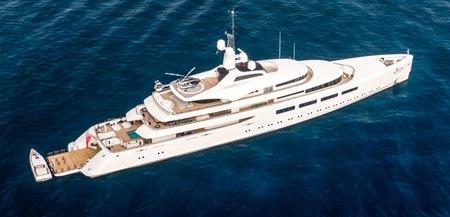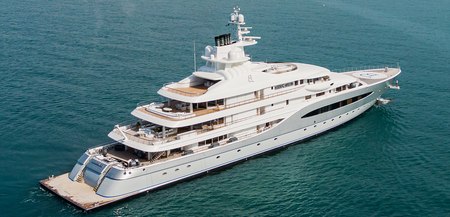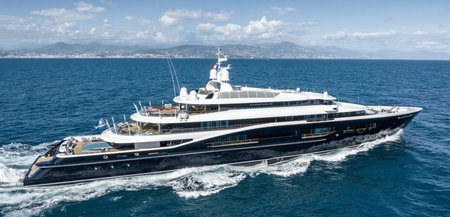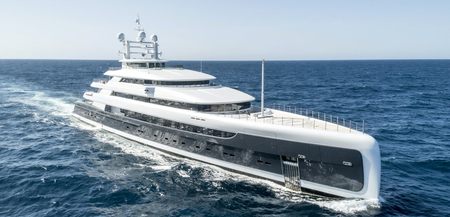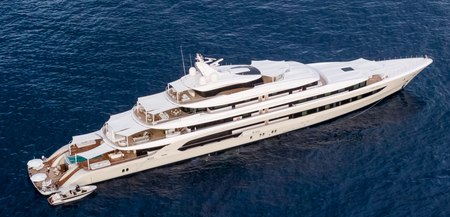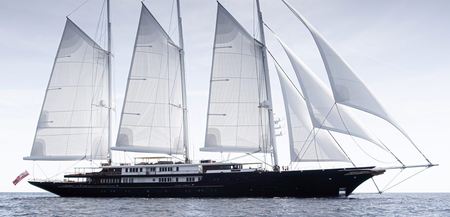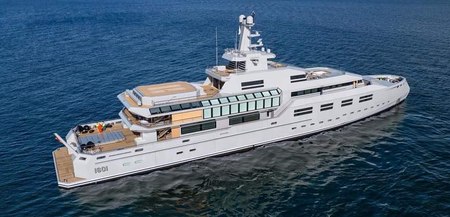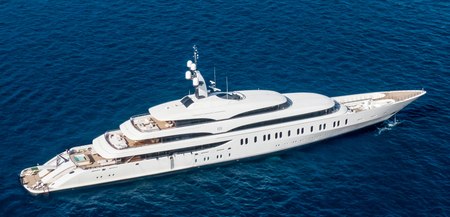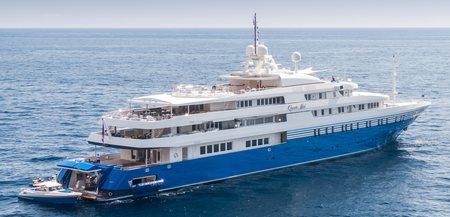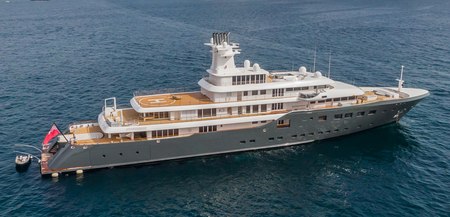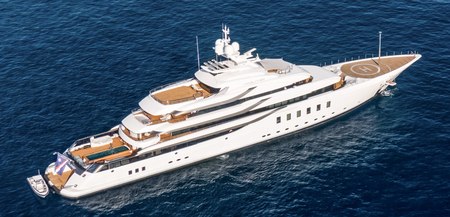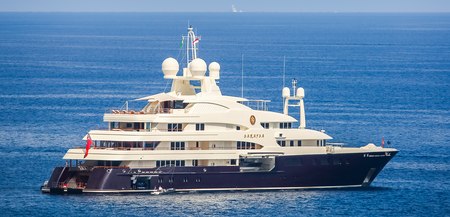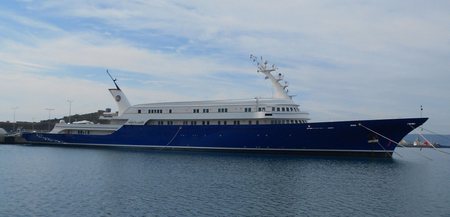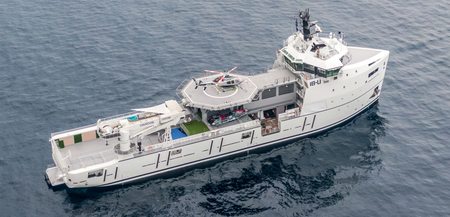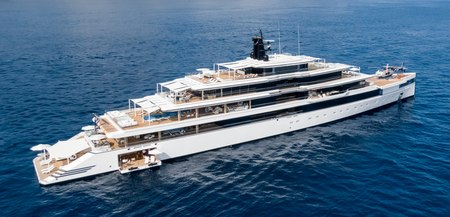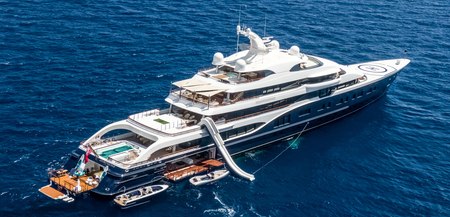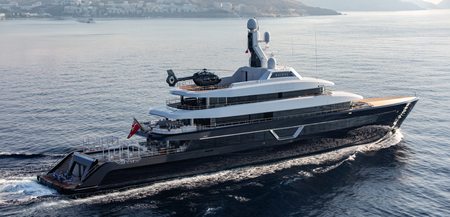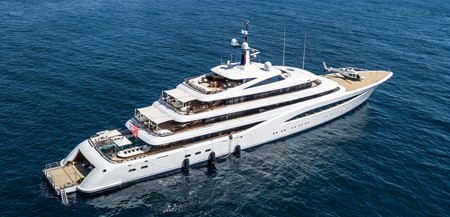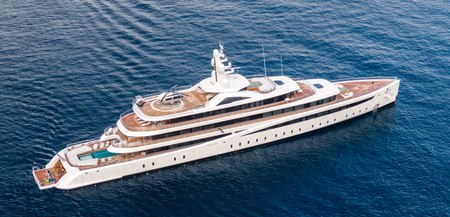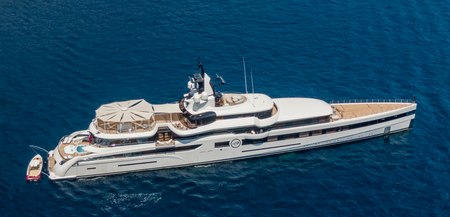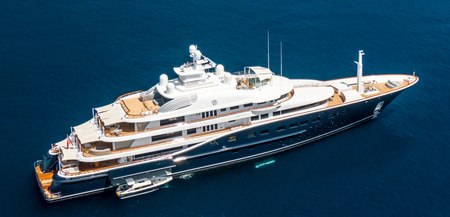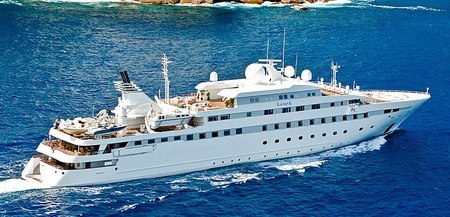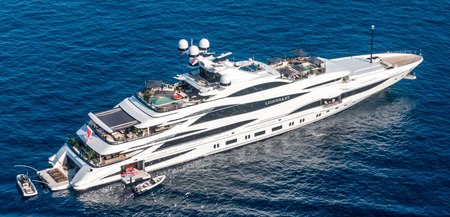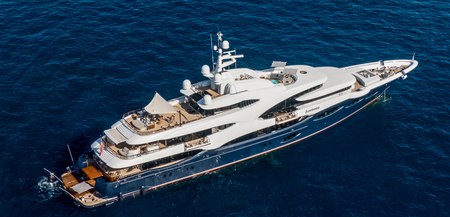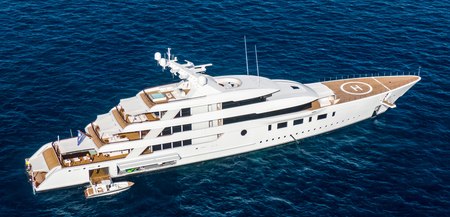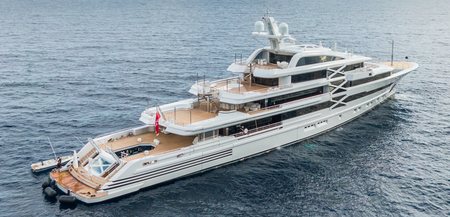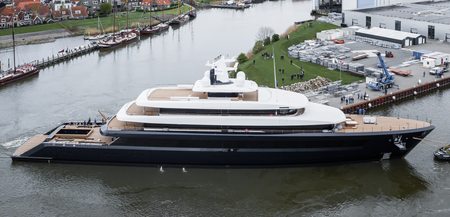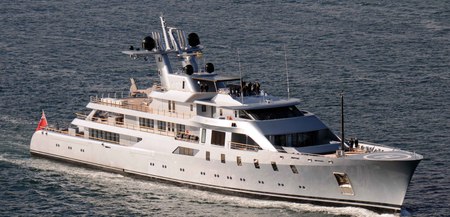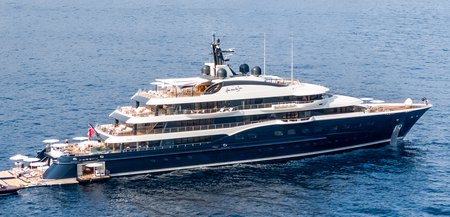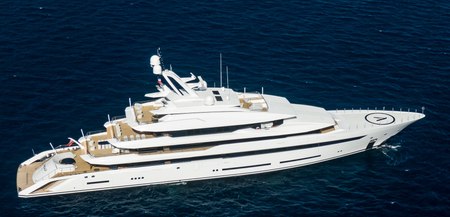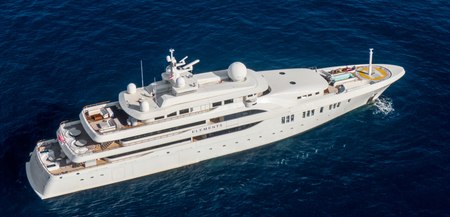The YB100 - A True Measure of the World's Biggest Yachts
Traditionally, yacht size was determined by Length Overall (LOA), a straightforward measurement that considers the length of the yacht from bow to stern.
However, as yacht design has evolved, this method has become increasingly inadequate. A yacht's true size is not just about how long it is—it's also about the space and volume it offers. That's where the YachtBuyer YB100 steps in.
The YB100 uses Gross Tonnage (GT) as the key metric, accounting for both volume and length to provide a more accurate representation of a yacht's true size. Gross Tonnage measures the total internal volume of a yacht, giving a clearer picture of its spaciousness and capacity.
In the past, a yacht's volume and length often correlated closely, but modern designs have changed the game. For example, a long, slender yacht may have the same LOA as a wider, taller one, yet the latter—with its greater internal volume—feels and functions as a much larger yacht.
By focusing on Gross Tonnage, the YB100 redefines the perception of yacht size, offering a more meaningful way to understand and compare these incredible yachts.
Shipyard pricing, based on GT, emphasizes the relevance of the YB100 as the only accurate measurement for the World's Biggest Yachts.
-
13,564 GT
-
12,558 GT
-
12,532 GT
-
12,488 GT
-
12,234 GT
-
11,247 GT
-
10,167 GT
-
10,154 GT
-
9,604 GT
-
9,022 GT
-
8,506 GT
-
8,489 GT
-
8,343 GT
-
8,231 GT
-
8,076 GT
-
482' 4" Helsingor Vaerft
Built: Denmark (1984)
Exterior Designer:
Maierform Maritime Technology8,074 GT -
7,841 GT
-
7,690 GT
-
7,200 GT
-
7,023 GT
-
6,700 GT
-
6,539 GT
-
5,959 GT
-
5,937 GT
-
399' 7" Lubecker Flender Werke
Built: Germany (1966)
Exterior Designer:
Lubecker Flender Werke5,933 GT -
353' Benetti
Built: Italy (2020)
Exterior Designer:
Giorgio Cassetta, Zaniz Jakubowski Design & Reymond Langton Design5,844 GT -
5,655 GT
-
370' 1" Bremer Vulkan & Kusch Yachts
Built: Germany (2000)
Exterior Designer:
Kusch Yachts & Pastrovich5,556 GT -
5,403 GT
-
5,257 GT
-
5,148 GT
-
5,082 GT
-
387' 10" Abeking & Rasmussen
Built: Germany (2023)
Exterior Designer:
Joseph Dirand Architecture5,054 GT -
5,002 GT
-
4,999 GT
-
4,989 GT
-
4,918 GT
-
4,702 GT
-
4,701 GT
-
4,699 GT
-
4,693 GT
-
4,560 GT
-
4,500 GT
-
4,447 GT
-
4,444 GT
-
4,437 GT
-
4,341 GT
-
4,184 GT
-
3,933 GT
-
3,870 GT
-
3,643 GT
-
291' 4" Pride Mega Yachts
Built: China (2018)
Exterior Designer:
Rainsford Mann Design3,642 GT -
3,367 GT
-
3,268 GT
-
3,250 GT
-
3,243 GT
-
3,229 GT
-
3,179 GT
-
3,156 GT
-
3,052 GT
-
3,040 GT
-
3,000 GT
-
2,999 GT
-
2,998 GT
-
295' 3" Cassens-Werft
Built: Germany (2002)
Exterior Designer:
Cassens-Werft & Alpha Marine2,991 GT -
2,974 GT
-
2,955 GT
-
2,950 GT
-
2,950 GT
